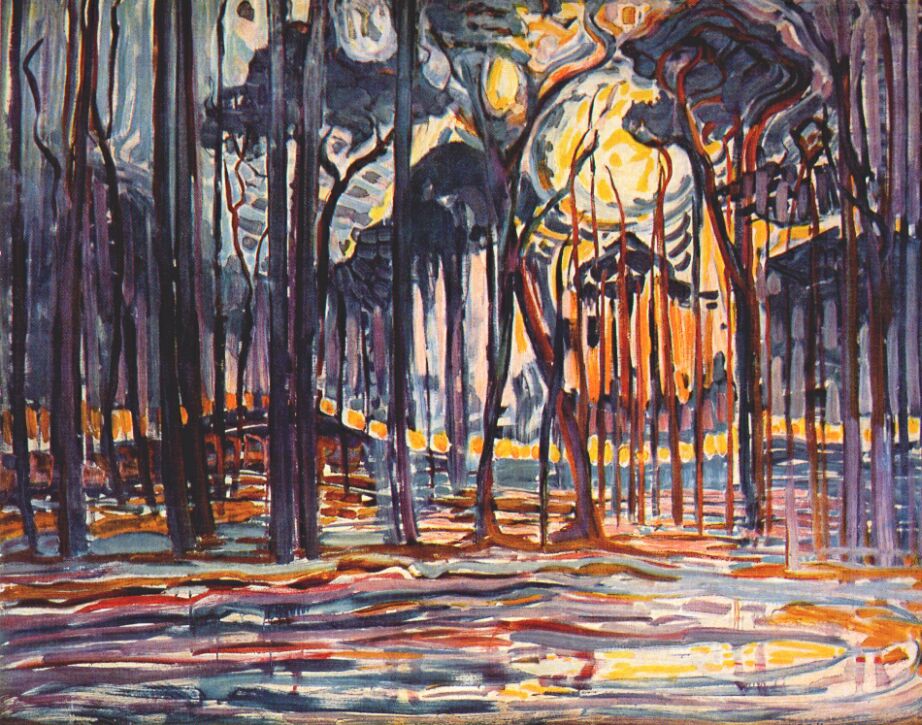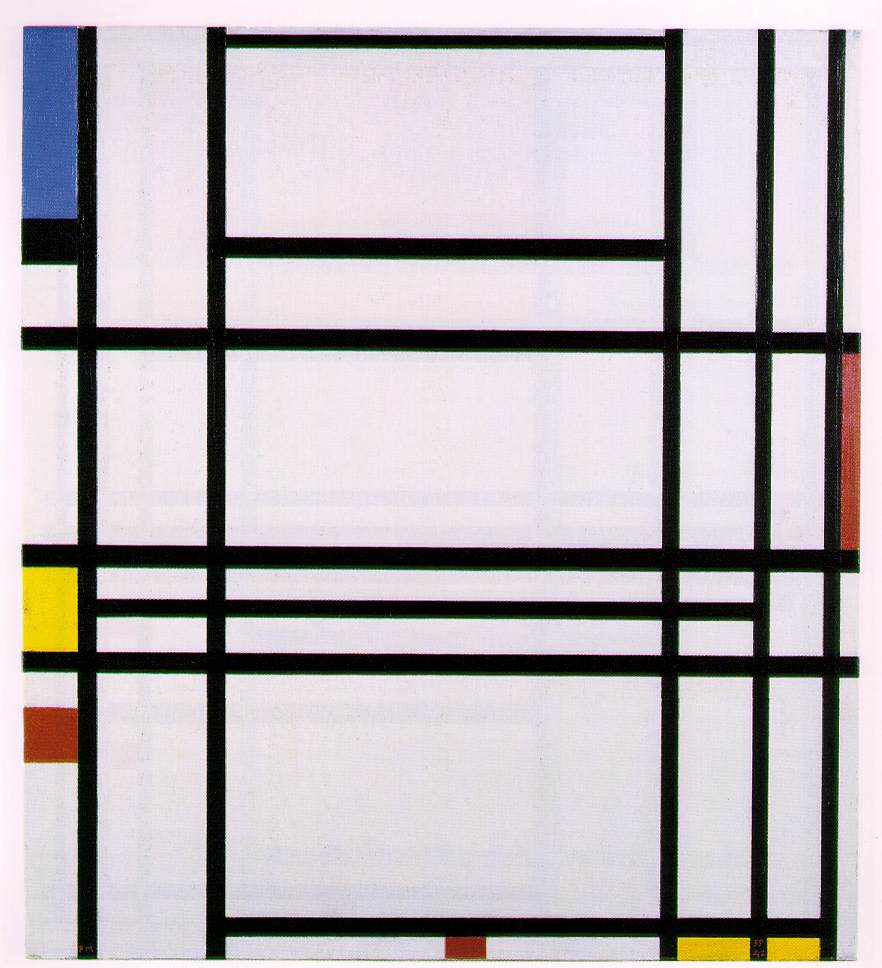Piet Mondrian was a skilled artist with a drive to revolutionize art.

Piet Mondrian’s earliest work through 1917 runs the gamut of post-impressionist art – fauvism, pointillism, and cubism. What was Mondrian looking for with all of these different styles? Luckily, he tells us.


Mondrian was influenced by Theosophy which drew from Buddhist and Taoist ideas of balance and opposing forces. Building on those ideas, he wanted to discover, what he called, Neoplasticism – the new plastic art or the new visual art. He wanted to make new art for a new era of the world – the modern world.

He sought to find and express universal, fundamental truth that was a reflection of natural balance. He said, “I wish to approach truth as closely as is possible, and therefore I abstract everything until I arrive at the fundamental quality of objects.”


In 1917 Mondrian helped create a movement called De Stijl (stijl is pronounced like stale bread). De Stijl is usually translated as “the style,” but it also means “post or support” and “way of living.” Looking at Mondrian’s writing and paintings, all of these definitions are embodied in his philosophy in some way.

However, Mondrian wasn’t just writing about art. He was writing and painting a way of life. He and others involved in the De Stijl movement were promoting a new way of looking at the world and interacting with it and within it. When Mondrian lived in Paris he painted his apartment white and had only black, blue, yellow and red paintings and furnishings. He combined his art with the act of living. Living this way inspired him, so he repeated the process in New York.

Because Paris was the center of the art world in 1911, that is where Mondrian decided to go. He returned to Holland in 1914 to visit his father but had to remain there until the end of WWI. While in the Netherlands from 1914-1919 he helped create another influential art center. In 1940 he moved to New York City because of WWII. Also because of WWII and the influx of European artists the New York City art scene blossomed. All of the places Mondrian lived impacted the development of Mondrian’s ideas and art. His latest pieces he said reflected the life and music he found in New York.


Images courtesy WikiArt.org



Leave A Comment